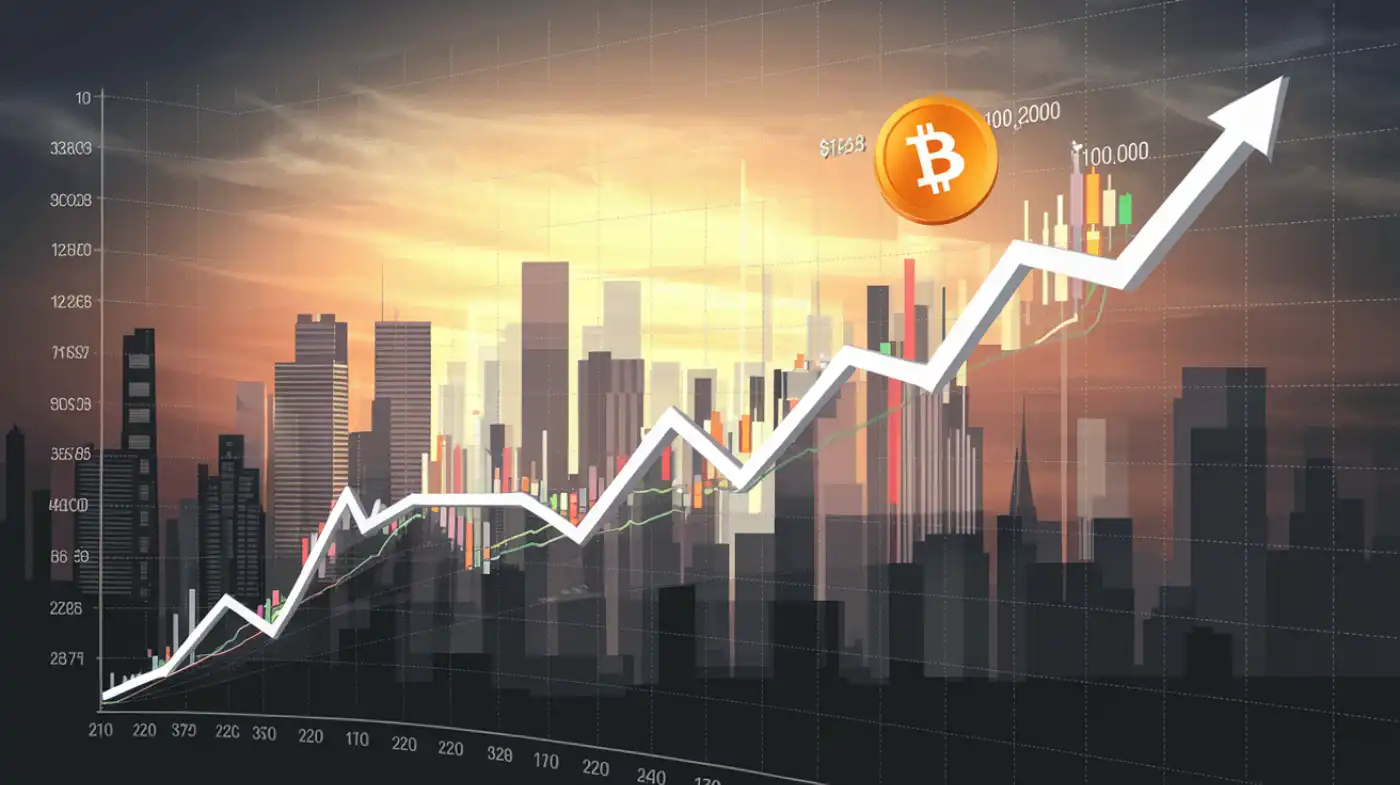Bitcoin is poised to reach $100,000 as crypto believers anticipate incoming U.S. President-elect Donald Trump to create a more receptive set of rules for digital assets.
An Election Dividend
The industry’s most popular coin climbed to yet another high of $99,073 on Thursday, continuing its upward trajectory since Trump’s victory in early November.
The asset has gone up more than 60% since the presidential election day, as investors hope Trump’s administration will implement regulations that enhance crypto use.
“I’m calling it the election dividend,” said James Butterfill, head of research at digital asset management firm CoinShares, in a chat with ABC News. “We went from being worried about a Democrat getting elected to what we’ve got: a Republican clean sweep.”
Trump, who labeled the asset a “scam” during his first term, accepted cryptocurrency donations for his latest campaign.
On the campaign trail, he vowed to bolster the cryptocurrency sector and ease regulations enforced by the Biden administration. He further pledged to create the federal government’s first National Strategic Bitcoin Reserve.
While addressing a gathering at the 2024 Bitcoin Conference held in Nashville, Tennessee, in July, Trump stated his intention to transform the U.S. into “the crypto capital of the world.”
In September, he and his three sons announced the launch of their own cryptocurrency company, World Liberty Financial. That announcement has been seen as a hopeful sign that the incoming president fully supports the industry.
In another bullish signal for the sector on Thursday, United States Securities and Exchange Commission (SEC) chair Gary Gensler, who was widely disliked among crypto investors for his aggressive enforcement actions targeting the sector, confirmed that he would step down in January.
Trump declared that he would sack Gensler on his first day in office, although the U.S. presidents lack the power to fire an SEC boss whose term has yet to expire.
Under Gensler, the SEC pursued legal action against the likes of Coinbase, Binance, Kraken, and others based on allegations that the companies dispute.
Nevertheless, the launch of U.S.-listed bitcoin ETFs early this year excited the market. For a long time, the SEC tried to block ETFs from facilitating Bitcoin investments because of worries over investor protection. However, a growing number of investors have leveraged the products to gain Bitcoin exposure.
Over $4 billion has ended up in U.S.-listed Bitcoin exchange-traded funds since the election. Friday saw a pause in the recent rally of U.S.-listed cryptocurrency stocks.
Software maker MicroStrategy, which has raised capital a number of times to buy Bitcoin and is a leading holder of the coin, gained 2.6% in a solid premarket session.
About $645 million MicroStrategy shares were exchanged around 1125 GMT on Friday, well above those of heavyweights Nvidia, Tesla, and Apple, according to Refinitiv LSEG data.
More on MicroStrategy’s Bitcoin holdings can be found in this BTCRepublic post.
A Viable But Volatile Market

Although promoted by its supporters as a gateway to significant profits and financial freedom, Bitcoin and similar cryptocurrencies are famous for their volatility and have been subject to government crackdowns in various countries.
After peaking at a record high of $69,000 in late 2021, the coin fell to below $16,000 the following year.
The recent Bitcoin surge extended to the rest of the crypto sphere, a reflection of the observed correlation among crypto assets. Ethereum (the second best-performing cryptocurrency) rose 8% in early trade Friday, while Litecoin gained almost 6%, and Dogecoin moved up by 2%, according to Yahoo Finance.
The recent BTC price gains are part of a bullish run that commenced last year. The coin’s value has appreciated by over 150% since November 2023. During the same period, the S&P 500 rose by around 30%.
Although this has been a great time to be in crypto, especially Bitcoin, which Adam Morgan McCarthy, a research analyst at Kaiko, points out has hit all-time highs in 10 of the last 21 days, the risk of “correction,” or downward price movements is always a possibility.
“I would say, keep it simple. And don’t take on more risk than you can afford to,” McCarthy said – adding that there is no “magic eight ball” to determine future trends.










